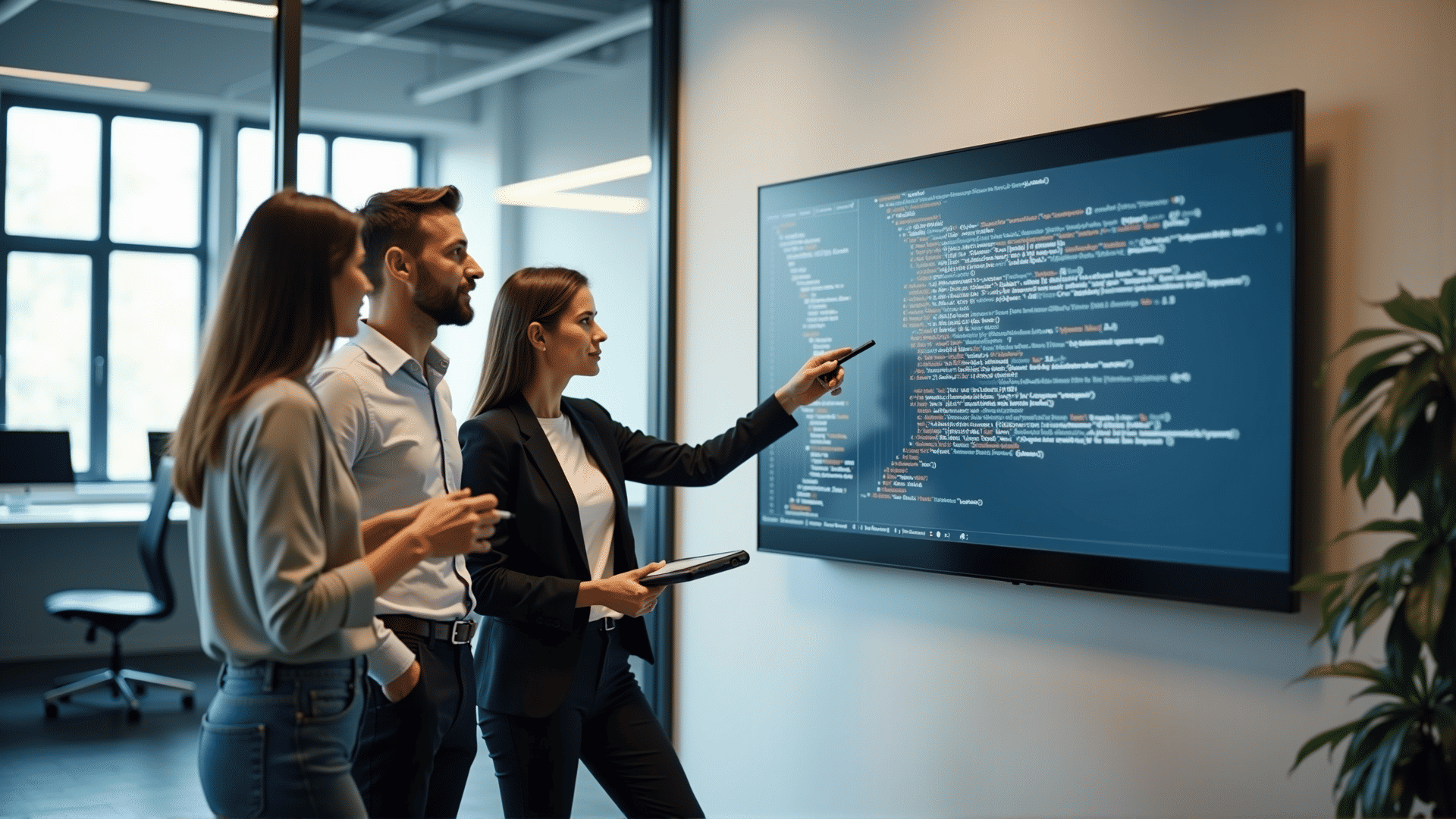In the ever-evolving landscape of software development, ensuring the delivery of high-quality products is paramount. Mastering the art of code review is a critical component in this quest, as it not only enhances the product's technical quality but also fosters a culture of collaboration and continuous learning within development teams.
A systematic code review process serves as the backbone for maintaining robust software. The first step towards mastering this art is recognizing the importance of the practice itself. Code reviews are not just a formality; they are an opportunity to detect defects early, improve code readability, and ensure adherence to coding standards. By identifying issues at an early stage, teams can significantly reduce the cost of later-stage debugging and refactoring.
For a code review process to be effective, it should be ingrained in the team’s workflow, not viewed as a burdensome task. Integrating code review as a seamless aspect of development requires a tactical approach. Teams should strive to establish a set of guidelines that align with their technical goals and cultural values. These guidelines should be clear and concise, addressing important aspects such as code style, functionality checks, and security considerations.
Moreover, communicating constructively is at the heart of a successful code review process. Review comments should be framed positively, focusing on how improvements can be made rather than pointing out what’s wrong. For instance, suggesting alternative solutions or better practices can transform criticism into an opportunity for mentorship and skill development.
Additionally, fostering an environment where every team member feels comfortable giving and receiving feedback is crucial. This comfort level helps demystify the process and encourages open dialogue. New developers can learn from more experienced team members, and at the same time, seasoned developers can gain fresh perspectives from newer eyes. Encouraging every member to participate actively in code reviews cultivates a culture of mutual respect and learning.
Another critical aspect is deciding on the scope and intensity of reviews. Not every change requires the same level of scrutiny. A minor bug fix doesn't necessitate the same depth of review as a major feature addition. By categorizing reviews based on their potential impact, teams can allocate resources and efforts more efficiently, ensuring that critical areas receive the necessary attention without overburdening team members.
Automating parts of the review process can also alleviate some of the workloads and increase efficiency. Tools capable of static analysis, style checking, and providing automated feedback can handle routine tasks, allowing human reviewers to focus on more complex issues that require a nuanced understanding.
Finally, measuring the impact of code reviews can lead to continuous improvement of the process itself. By tracking metrics related to code quality, defect rates, and review time, teams can identify areas that require refinement. This data-driven approach ensures that the code review process remains relevant and beneficial over time, adapting to the changing needs and dynamics of the team.
In conclusion, mastering the art of code review goes beyond code inspection. It's about building a collaborative environment where team members learn from each other, innovate continually, and feel invested in producing high-quality software. By streamlining code review practices and fostering an open culture, teams can achieve significant gains in both productivity and software quality, paving the way for superior software development outcomes.
